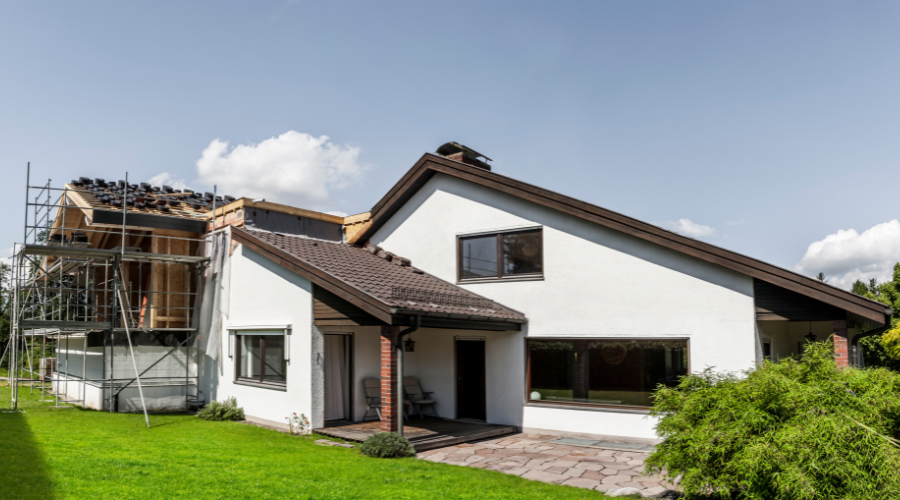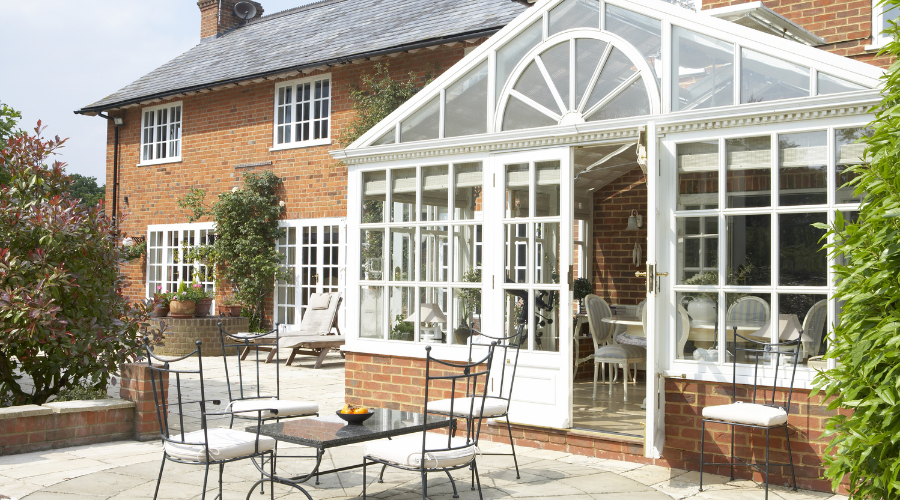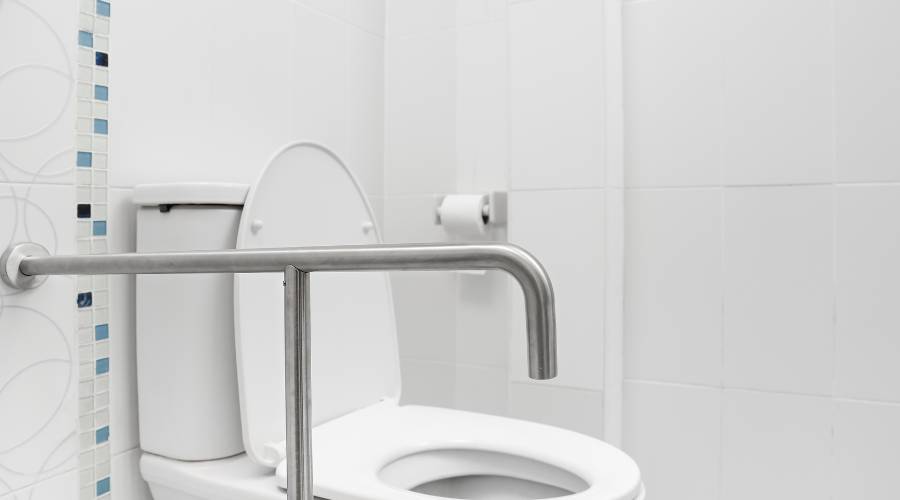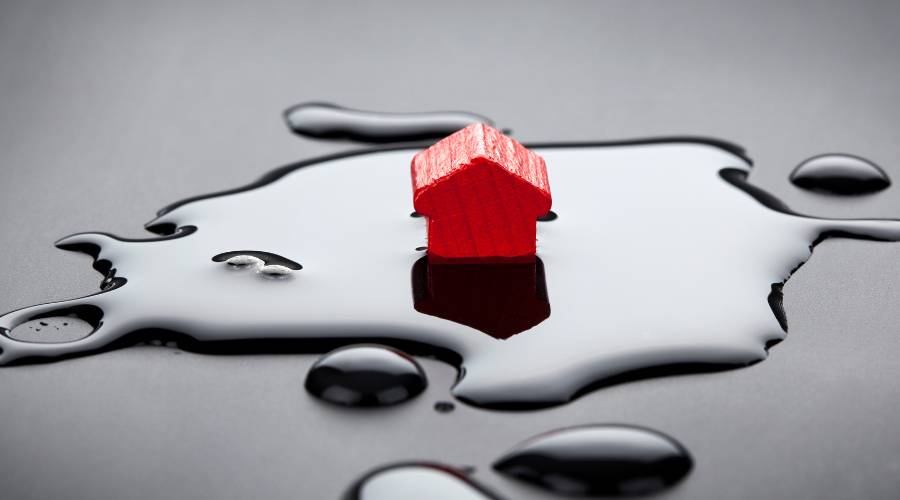Home renovations are becoming more popular in Sydney, with homeowners eager to improve their living spaces and increase the value of their properties. One common dilemma for those looking to expand their homes is whether to choose a granny flat or a home extension. Both options have their advantages and cater to different needs, making this decision crucial for getting the most out of your investment and fulfilling your lifestyle requirements.
When deciding between a granny flat or a home extension in Sydney, there are several factors to consider:
- Cost: It’s important to understand the financial implications of each option. Granny flats and home extensions have different cost structures influenced by size, materials, and complexity.
- Investment Returns: Homeowners should think about how each option will affect the value of their property and potential rental income.
- Building Footprint: The amount of land you have available and any regulatory restrictions will impact which option is possible for your property.
- Multi-Generational Living: Consider whether you need separate living spaces for different generations or if integrated family areas would work better for you.
To make the right choice, it’s essential to carefully think about these factors. This will help ensure that your renovation plans fit within your budget, land availability, council requirements, and desired level of independence for occupants.

Understanding Granny Flats and Home Extensions
Granny Flats in Sydney
Granny flats, also known as secondary dwellings, are self-contained units typically built on the same property as the main residence. These structures feature essential amenities such as:
- Kitchen
- Bathroom
- Separate entrance
Granny flats offer a versatile solution for homeowners looking to maximise their property’s potential. They can serve various purposes, from providing living space for elderly relatives or adult children to generating rental income.
Home Extensions
A home extension involves expanding the existing dwelling’s footprint without creating a separate living unit. This approach allows homeowners to increase their living space by adding:
- Additional rooms
- Larger kitchens
- Extended living areas
Home extensions are ideal for those who prefer an integrated living environment while enhancing the functionality and comfort of their current home.
Compliance Requirements
When considering granny flats, it is crucial to adhere to compliance requirements under the National Building Code and local council regulations. These include:
- Size restrictions
- Setback requirements from boundaries
- Parking provisions
- Fire safety measures
Understanding these elements ensures your project meets legal standards and avoids potential obstacles during construction.
Cost Comparison: Granny Flat vs Home Extension
Weighing up the granny flat cost in Sydney against the home extension cost is a key step for any renovation budget. Understanding where your money goes helps you plan confidently and avoid surprises.
Granny Flat Costs in Sydney
Granny flats are self-contained living spaces, typically built in the backyard of an existing property. Here are the estimated costs for different types of granny flats in Sydney:
- 1-bedroom granny flat: $120,000–$180,000
- 2-bedroom granny flat: $150,000–$200,000
- Larger units: $250,000+
These figures typically cover the essentials—self-contained living with kitchen, bathroom, and separate entrance. Costs vary depending on inclusions such as premium finishes or accessibility features.
Home Extension Costs in Sydney
Home extensions involve expanding the existing living space of a property. The costs for home extensions in Sydney can vary based on factors such as size, complexity, and design choices. Here are some general cost estimates:
- Extensions often start around $2,500–$4,000 per square metre
- A simple rear addition may cost from $100,000 upwards
- Complex extensions (multiple rooms or second-storey additions) can easily exceed $250,000
Design complexity, structural changes to the existing dwelling, and custom architectural details will influence the total.
What Drives Project Costs?
Several factors influence both granny flat and home extension costs:
- Materials: Higher-end fixtures and finishes increase total spend.
- Site conditions: Sloped blocks, tight access, or poor oil quality can add to construction time and labour.
- Council regulations: Approval fees and compliance requirements vary by suburb.
- Project management fees: Professional renovation companies like Sydney Renovation Group provide end-to-end management, ensuring compliance and quality while streamlining communication.
A clear understanding of these elements equips homeowners to set a realistic renovation budget for their Sydney property.
Next comes assessing how the building footprint and regulatory constraints shape your options for adding value.
Building Footprint and Regulatory Considerations
Every square metre counts when weighing up a granny flat vs a home extension in Sydney. The building footprint—that is, the amount of land the structure occupies—plays a key role in what’s possible on your block.
Granny Flats
Granny flats are typically built as separate structures at the rear or side of an existing home. In most Sydney councils, the maximum internal floor area is around 60–80 sqm for a granny flat. Council regulations for granny flats require minimum setbacks from side and rear boundaries, often 3 metres at the rear and 0.9–1.5 metres from side fences, depending on lot width and zoning (check council requirements for your suburb). These setback rules ensure privacy and fire safety, but can limit where a new dwelling can be sited, especially on narrow city blocks.
Home Extensions
Home extensions, by contrast, expand the footprint of the main house. This might involve building outwards—into your backyard or side garden—or upwards with a second storey. While extensions offer flexibility in design, they’re still bound by council rules on boundary setbacks, site coverage ratios, and maximum height limits.
Parking Considerations
Parking considerations can also tip the scales. Many councils require additional off-street parking when adding a granny flat or large extension, impacting both layout and costs.
Careful planning around these building footprint issues helps homeowners avoid costly compliance headaches while making the best use of available land. Each option comes with its own set of regulatory hurdles that must be factored into early design decisions.
Investment Returns and Property Value Impact
Sydney homeowners are increasingly weighing up property value increases and investment returns when choosing between granny flats and home extensions. The numbers tell a compelling story:
- Granny flats can boost property value by up to 30% in many Sydney suburbs, especially where separate dwellings are in high demand. This uplift is driven by the flexibility a self-contained unit offers, —whether as extra accommodation for family or as an income stream.
- Rental income from granny flats is significant. Median rents across Sydney now sit around $730 per week, providing a reliable supplementary income. For investors or families seeking to offset mortgage repayments or fund future renovations, this steady cash flow can be transformative.
- Investment return on renovation in Sydney often leans in favour of granny flats for those open to renting out the space. The ability to attract tenants—long-term, short-term, or even students—adds immediate financial benefit beyond capital growth.
- Home extensions also add value by increasing floor area, improving liveability, and modernising ageing homes. However, they typically do not create a distinct rental opportunity unless reconfigured as dual occupancies or studios.
Those focused on maximising investment returns find that granny flats deliver both capital appreciation and ongoing rental yield—a combination not generally matched by standard home extensions. This dual advantage becomes especially attractive in Sydney’s competitive property market.
Suitability for Multi-Generational Living
When considering multi-generational living solutions in Sydney, both granny flats and home extensions offer unique advantages tailored to various family dynamics.

Granny flats provide an independent living space in NSW, making them ideal for elderly relatives or adult children who value privacy while staying close to the family. These self-contained units with their own kitchen, bathroom, and separate entrance create a sense of independence. They allow aging parents or young adults to live autonomously, yet have help nearby if needed.
Home extensions, on the other hand, integrate additional space within the main dwelling. This setup suits families preferring less independent arrangements or shared living environments. Extensions can include extra bedrooms, bathrooms, or living areas that seamlessly blend with the existing home structure. This option is perfect for those who enjoy a more communal lifestyle and wish to maintain closer daily interactions.
Key considerations when choosing between these options include:
- Lifestyle preferences: Privacy vs. communal living.
- Privacy needs: Independent spaces vs. integrated homes.
- Long-term family planning: Anticipating future needs of aging parents or growing children.
Deciding between a granny flat and a home extension involves evaluating these factors carefully to ensure the chosen solution best supports your family’s unique requirements.
Why Choose a Professional Renovation Company Like Sydney Renovation Group?
Choosing the right renovation team is crucial when deciding between a granny flat and a home extension. Sydney Renovation Group offers unparalleled expertise in residential renovations, specialising in both granny flats and home extensions across North Shore, Inner West, and Eastern Suburbs.
Benefits of working with Sydney Renovation Group:
- End-to-end project management: From initial consultation to final handover, their comprehensive project management ensures compliance with council regulations and delivers transparent pricing.
- Quality craftsmanship: Known for their high-quality craftsmanship, they tailor solutions to client budgets ranging from $15k to over $150k, ensuring every project’s unique needs are met.
- Personalised service: Each project receives personalised attention to detail, enhancing the homeowner’s experience and ensuring satisfaction.
- Special offers: First-time clients can benefit from free quotes and a 10% discount, making renovations more affordable.
The combination of these factors makes them trusted renovation experts in North Shore, or Sydney. Their commitment to excellence ensures that whether you opt for a granny flat or a home extension, your investment will add significant value to your property.
Conclusion
Choosing between a granny flat and a home extension in Sydney depends on your priorities: budget, available land, council regulations, and the level of independence you desire for future occupants. Both options have their advantages—granny flats provide privacy and the opportunity for rental income, while home extensions effortlessly increase family living space. To get tailored advice on selecting the best renovation option in Sydney, working with knowledgeable professionals such as Sydney Renovation Group guarantees that your project complies with local regulations and enhances both comfort and value. With the right assistance, your vision can become a reality.
What are the key differences between a granny flat and a home extension in Sydney?
A granny flat in Sydney is a self-contained unit with its own kitchen, bathroom, and separate entrance, typically built as a separate structure on the property. In contrast, a home extension involves expanding the existing dwelling’s footprint without creating a separate living unit. Both options have distinct compliance requirements under the National Building Code and local council regulations.
How do the costs of building a granny flat compare to home extensions in Sydney?
Granny flat construction costs in Sydney vary by size, ranging from approximately $120,000 to over $250,000 for larger units. Home extension costs depend on design complexity and construction scope, but can be influenced by factors such as materials, site conditions, council regulations, and project management fees. Overall, budgeting should consider these variables for accurate cost comparison.
How do granny flats and home extensions impact property value and investment returns in Sydney?
Granny flats can increase property value by up to 30% and provide additional rental income streams with median rents around $730 per week in Sydney, making them strong investment choices. Home extensions enhance property value by increasing living space, but generally lack separate rental income potential.
What are the regulatory considerations regarding building footprints for granny flats versus home extensions in Sydney?
Granny flats are typically subject to size restrictions (around 80 sqm internal floor area) and setback requirements from property boundaries as per NSW regulations. They occupy a separate building footprint. Home extensions expand the main house’s footprint without creating a separate structure. Both options must comply with parking requirements and fire safety distances influencing design choices.
Which option is more suitable for multi-generational living in Sydney: a granny flat or a home extension?
Granny flats offer privacy and independence, ideal for elderly relatives or adult children,nwhile maintaining proximity to the main household. Home extensions provide an integrated living space suitable for less independent arrangements or shared family lifestyles. The choice depends on lifestyle preferences, privacy needs, and long-term family planning considerations.
Why should homeowners choose a professional renovation company like Sydney Renovation Group for granny flats or home extensions?
Sydney Renovation Group specializes in residential renovations including granny flats and home extensions across North Shore, Inner West & Eastern Suburbs of Sydney. They offer end-to-end project management ensuring compliance with council regulations, transparent pricing, high-quality craftsmanship tailored to various budgets ($15k to over $150k), personalized service, free quotes, and discounts for first-time clients to enhance affordability.





